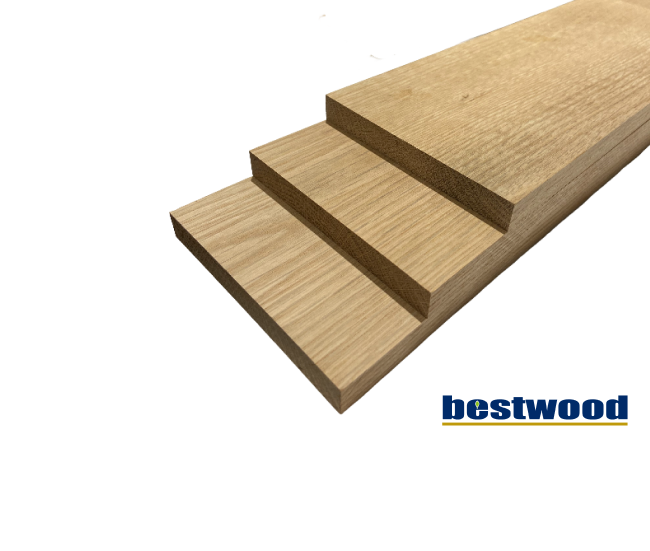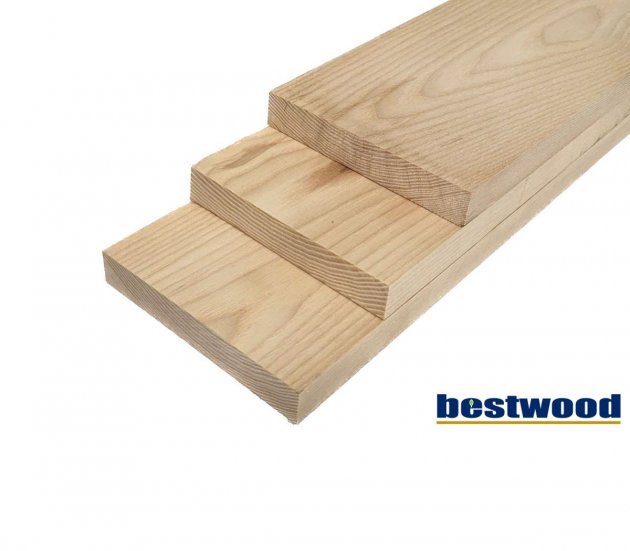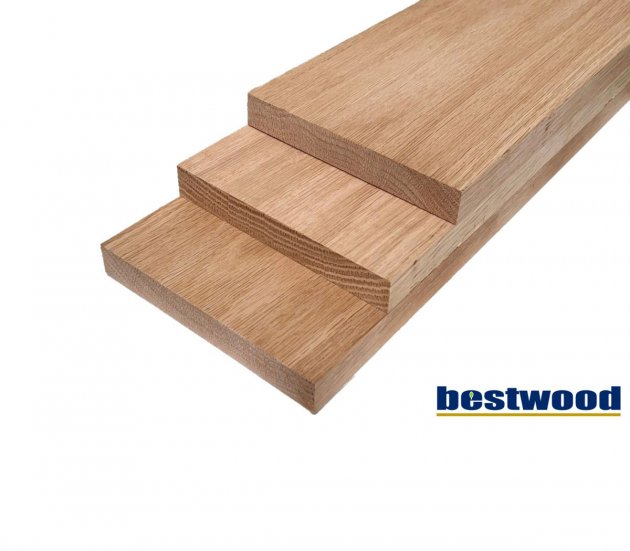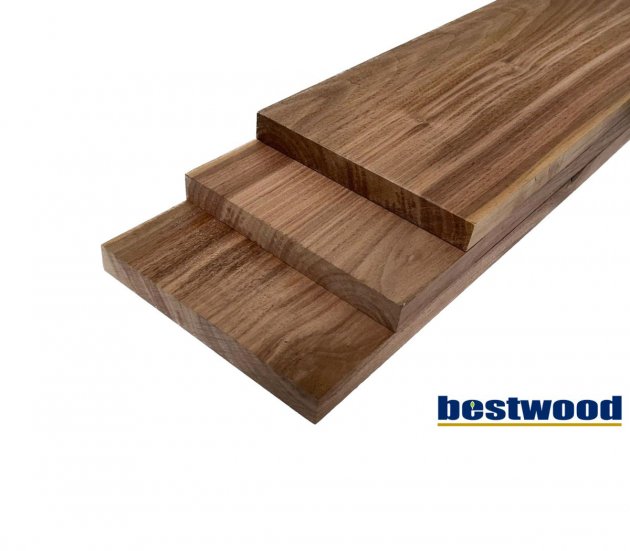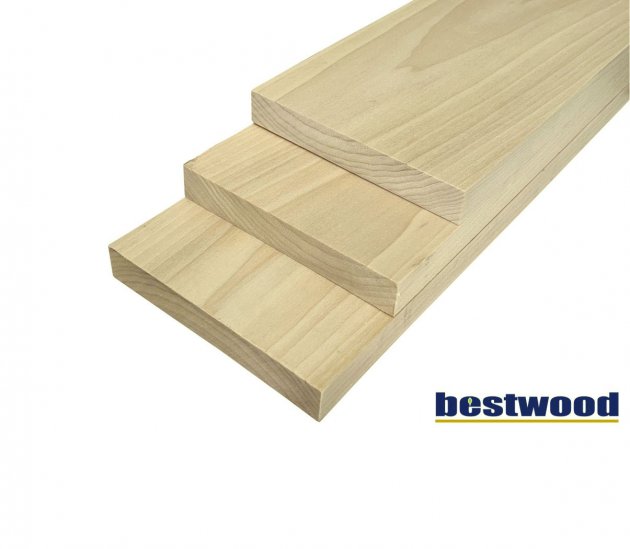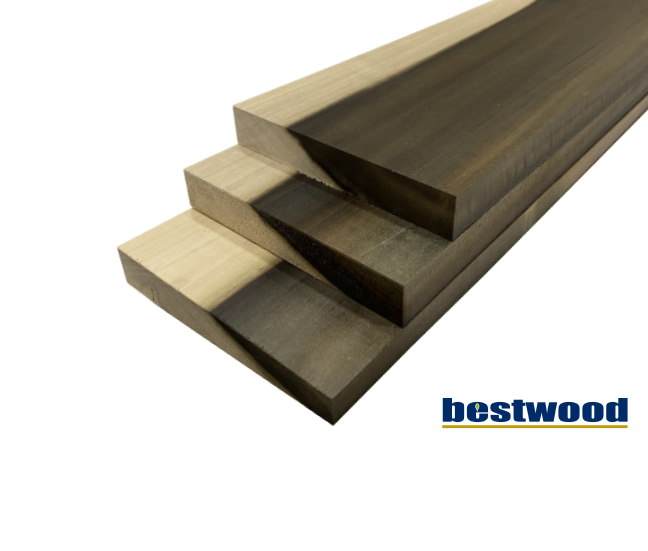Grade : FAS/F1F/1COM/2COM
Surface Processing : Rough
Thickness : 4/4、4/5、4/6、4/8
Area : USA/Canada
-
Northern American White Oak, scientifically known as Quercus alba, is primarily distributed in the eastern part of North America. It has a density of approximately 0.68 and a hardness of up to 1,360 (PSI).
Most Northern Red Oak trees have straight grain, with coarse wood structure and long medullary rays, making the wood grain more pronounced compared to White Oak.
There are many varieties of White Oak, approximately eight of which are commercially used. The heartwood of White Oak is highly resistant to corrosion and pests, with a closed porous structure that enhances its water resistance, hence rarely showing signs of insect holes.
Hard and Wear-Resistant
American White Oak has a harder wood texture, making it less prone to scratches. It has good water resistance, is easily stainable, and highly malleable. It is widely used in various colors and surface treatments, commonly found in flooring, large furniture, structural materials, and in the production of whiskey oak barrels.
Beautiful Grain and Strong Structure
The distinctive grain pattern of White Oak is visually appealing with consistent color. After planing and finishing, it exhibits excellent grain effects, making it the preferred choice for many furniture, flooring, and woodworking products.
Long Drying Time with Excellent Machinability
American White Oak is hard and heavy, with moderate bending strength and poor rigidity but excellent bending resistance. It has good mechanical machining properties, although pre-drilling is recommended. Its nails and screws have good fixing performance.
*Distinguishing Northern Red Oak from White Oak
Both types of oak belong to the same genus and have similar wood characteristics. Northern Red Oak has shorter wood fibers and finer grain patterns compared to White Oak. The most significant difference lies in their appearance: Northern Red Oak tends towards a pinkish hue, while White Oak leans towards a brownish-green color palette.
Adventage of bestwood
-
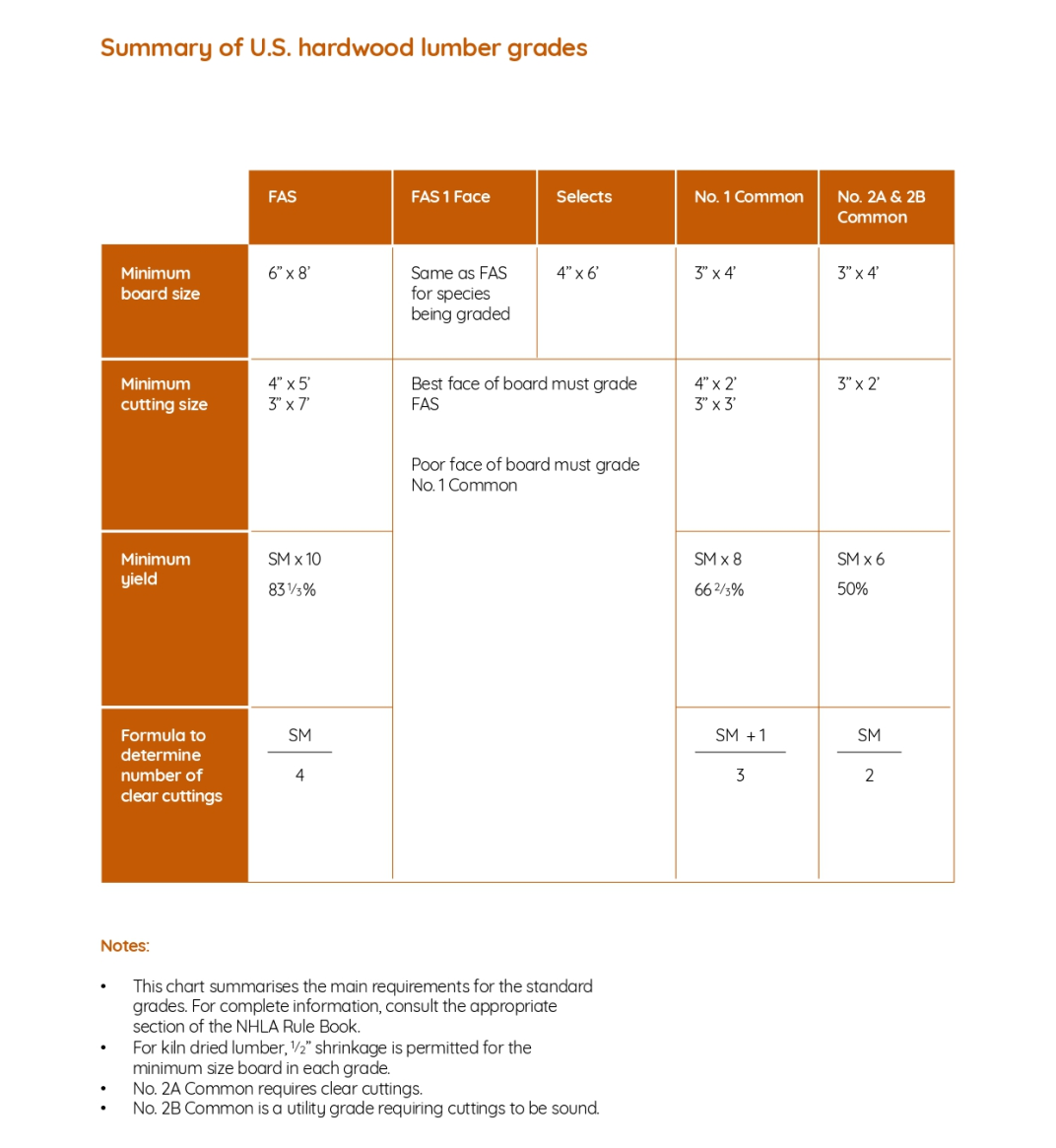
*Source: https://www.americanhardwood.org/sites/default/files/publications/download/2017-10/AHEC%20Grading%20Guide_AW_pages_0.pdf
-
American White Oak Specifications
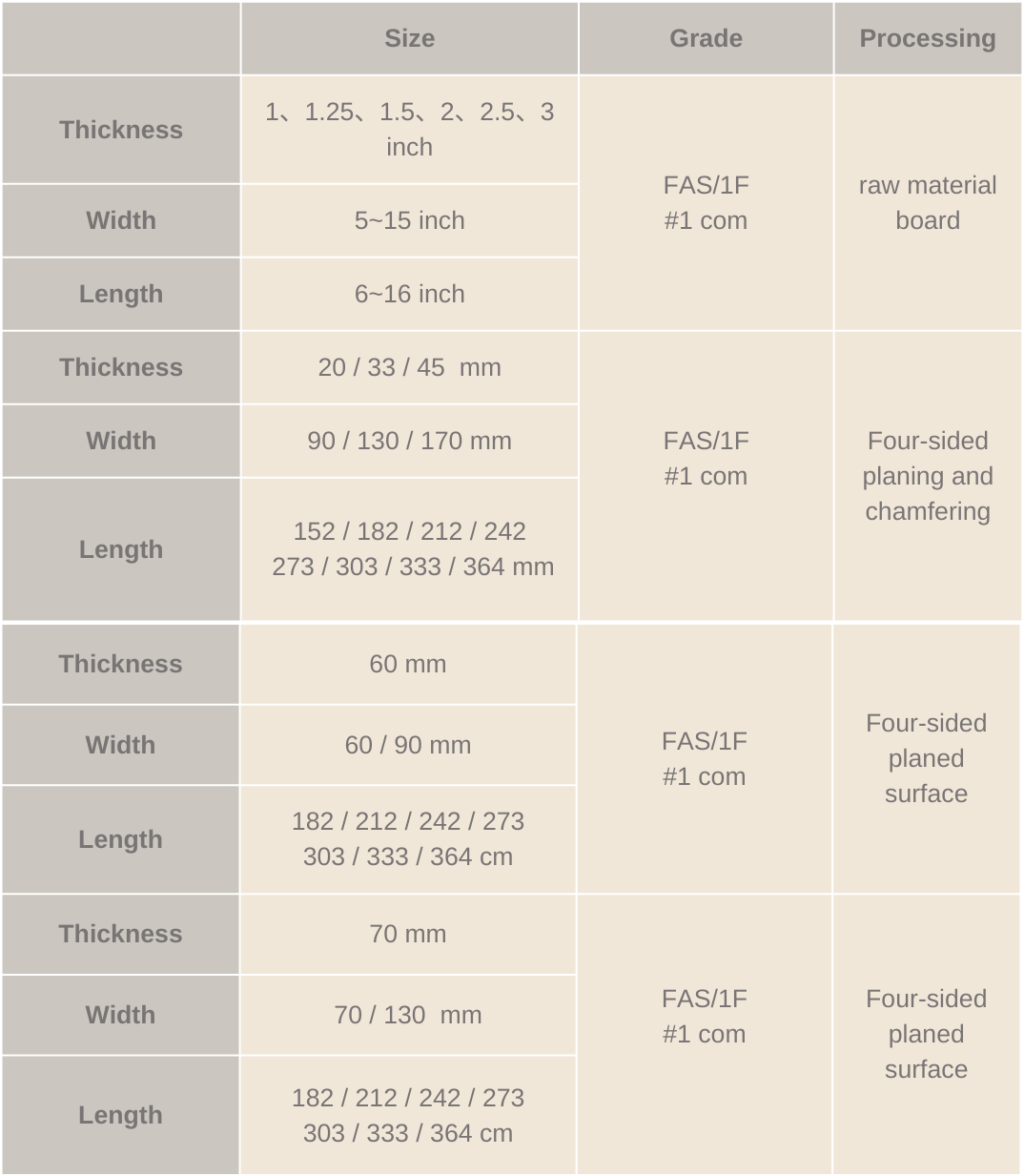
-
Interior and Exterior Building Materials
North American White Oak boasts a tight grain and a pleasant feel, with a natural and straight texture. It is durable and resistant to deformation, commonly used in building materials, furniture, flooring, interior architectural designs, outdoor carpentry products, decorative moldings, doors, cabinets, paneling, sleepers, and wooden bridges.Stave for Barrel Making
North American White Oak features a dense texture, with its wood pores blocked by minerals, effectively preventing leakage and offering excellent resistance to decay and pests. Most importantly, North American White Oak exhibits outstanding flexibility, allowing the wood to bend flexibly during heating, facilitating the production of various shapes of barrels.
-
White Oak CharacteristicNorthern American White Oak, scientifically known as Quercus alba, is primarily distributed in the eastern part of North America. It has a density of approximately 0.68 and a hardness of up to 1,360 (PSI).
Most Northern Red Oak trees have straight grain, with coarse wood structure and long medullary rays, making the wood grain more pronounced compared to White Oak.
There are many varieties of White Oak, approximately eight of which are commercially used. The heartwood of White Oak is highly resistant to corrosion and pests, with a closed porous structure that enhances its water resistance, hence rarely showing signs of insect holes.
Hard and Wear-Resistant
American White Oak has a harder wood texture, making it less prone to scratches. It has good water resistance, is easily stainable, and highly malleable. It is widely used in various colors and surface treatments, commonly found in flooring, large furniture, structural materials, and in the production of whiskey oak barrels.
Beautiful Grain and Strong Structure
The distinctive grain pattern of White Oak is visually appealing with consistent color. After planing and finishing, it exhibits excellent grain effects, making it the preferred choice for many furniture, flooring, and woodworking products.
Long Drying Time with Excellent Machinability
American White Oak is hard and heavy, with moderate bending strength and poor rigidity but excellent bending resistance. It has good mechanical machining properties, although pre-drilling is recommended. Its nails and screws have good fixing performance.
*Distinguishing Northern Red Oak from White Oak
Both types of oak belong to the same genus and have similar wood characteristics. Northern Red Oak has shorter wood fibers and finer grain patterns compared to White Oak. The most significant difference lies in their appearance: Northern Red Oak tends towards a pinkish hue, while White Oak leans towards a brownish-green color palette.
Adventage of bestwood
-
White Oak Grades

*Source: https://www.americanhardwood.org/sites/default/files/publications/download/2017-10/AHEC%20Grading%20Guide_AW_pages_0.pdf
-
White Oak SpecificationsAmerican White Oak Specifications

-
White Oak Applications
Interior and Exterior Building Materials
North American White Oak boasts a tight grain and a pleasant feel, with a natural and straight texture. It is durable and resistant to deformation, commonly used in building materials, furniture, flooring, interior architectural designs, outdoor carpentry products, decorative moldings, doors, cabinets, paneling, sleepers, and wooden bridges.Stave for Barrel Making
North American White Oak features a dense texture, with its wood pores blocked by minerals, effectively preventing leakage and offering excellent resistance to decay and pests. Most importantly, North American White Oak exhibits outstanding flexibility, allowing the wood to bend flexibly during heating, facilitating the production of various shapes of barrels.

